The average cost of CABG - Redo in Barcelona approximately starts from USD 35000
Treatment cost
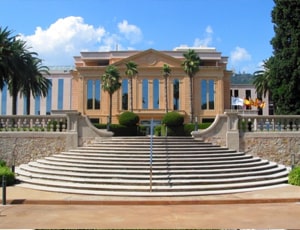
Apart from in-detail treatment procedures available, Centro Medico Teknon located in Barcelona, Spain has a wide variety of facilities available for International Patients. Some of the facilities which are provided by them are Accommodation, Airport Transfer, Choice of Meals, Interpreter, SIM, TV inside room. Also listed below are some of the most prominent infrastructural details:
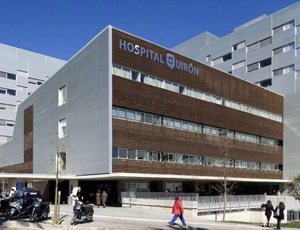
Apart from in-detail treatment procedures available, Hospital Quirnsalud Barcelona located in Barcelona, Spain has a wide variety of facilities available for International Patients. Some of the facilities which are provided by them are Accommodation, Airport Transfer, Choice of Meals, Interpreter, SIM, TV inside room. Also listed below are some of the most prominent infrastructural details:
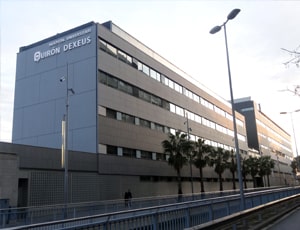
Apart from in-detail treatment procedures available, Dexeus University Hospital located in Barcelona, Spain has a wide variety of facilities available for International Patients. Some of the facilities which are provided by them are Accommodation, Airport Transfer, Choice of Meals, Interpreter, SIM, TV inside room. Also listed below are some of the most prominent infrastructural details:

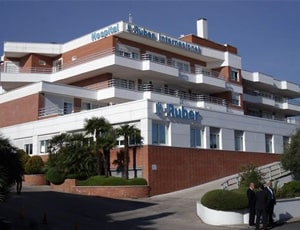
The Hospital has a wide architectural structure that consists of-
With about 80,000 m 2 , it is equipped with the highest sanitary technology and offers a wide portfolio of services-
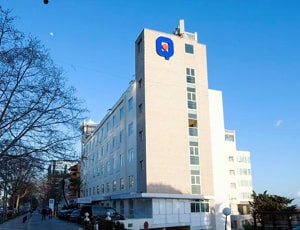
Apart from in-detail treatment procedures available, Quironsalud Marbella Hospital located in Marbella, Spain has a wide variety of facilities available for International Patients. Some of the facilities which are provided by them are Accommodation, Airport Transfer, Choice of Meals, Interpreter, SIM, TV inside room. Also listed below are some of the most prominent infrastructural details:
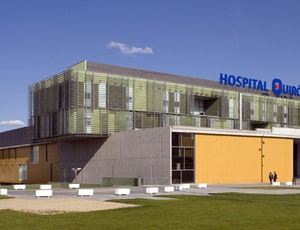
Apart from in-detail treatment procedures available, University Hospital Quironsalud Madrid located in Madrid, Spain has a wide variety of facilities available for International Patients. Some of the facilities which are provided by them are Accommodation, Airport Transfer, Choice of Meals, Interpreter, SIM, TV inside room. Also listed below are some of the most prominent infrastructural details:
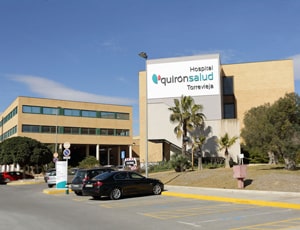
Quironsalud Torrevieja Hospital located in Torrevieja (Alicante), Spain is accredited by ISO. Also listed below are some of the most prominent infrastructural details:
Awaxy called plaque hets deposited in good amounts in the coronary arteries of the heart, they supply oxygen to the heart. With time the plaque starts hardening and eventually ruptures and breaks open. This plaque interferes with blood flow as arteries grow narrow at that region. A blood clot develops when the plaque ruptures open on the surface. The artery gets blocked if the blood clot developed is very large. This can be the cause of heart attack in a later stage becoming the cause of a life risk.
Coronary artery bypass surgery aims at improving the general blood circulation to the heart. A healthy artery or vein is taken the body and is grafted or connected to the blocked coronary artery for bypassing. This artery or vein goes around the blocked portion of the coronary artery and establishes a new path for the blood to flow to the heart thus reducing the chance of a heart attack. In one surgery surgeons can bypass multiple coronary arteries. Severe blockages can be treated with this procedure.
The other alternatives for CABG can be balloon surgery or angioplasty which is a less invasive technique but then your cardiologist is the best person to decide which of the surgeries is best suited
The patients are transferred out of ICU right after the day of the surgery. Heart rhythm disturbances are found in 25% of patients within a period of 3 or 4 days after the surgery. They are temporary atrial fibrillations that are associated with surgical trauma. They respond well to standard
Ask your healthcare adviser for the best multiple options and choose the one that meets your expectations
While depending upon a range of factors, the minimum cost for CABG - Redo in Barcelona is $35000. CABG - Redo in Barcelona is available across many hospitals in different states.
The cost of CABG - Redo in Barcelona may differ from one medical facility to the other. The cost quoted by some of the best hospitals for CABG - Redo in Barcelona generally covers the pre-surgery investigations of the patient. The CABG - Redo cost in Barcelona includes the cost of anesthesia, medicines, hospitalization and the surgeon's fee. There are many things that may increase the cost of CABG - Redo in Barcelona, including prolonged hospital stay and complications after the procedure.
Many hospitals in Barcelona perform CABG - Redo. Some of the most renowned hospitals for CABG - Redo in Barcelona include the following:
After discharge from the hospital, the patient has to stay for another 21 days in the country for complete recovery. During this time, the patient undergoes medical tests and consultations. this is to ensure that the treatment was successful and the patient us safe to return.
While Barcelona is considered to be one of the best destinations for CABG - Redo owing to the standard of Hospitals, and expertise of doctors However, some of the other popular destinations for CABG - Redo include the following:
There are certain expenses additional to the CABG - Redo cost that the patient may have to pay for. These charges may vary from 45 USD per person.
The patient has to spend about 7 Days in the hospital after CABG - Redo for proper recovery and to get clearance for discharge. This time frame is important for the patient to recover properly and feel comfortable after the surgery. With the help of several tests, it is determined that the patient is doing fine after the surgery and is okay to be discharged.
There are about 3 Hospitals CABG - Redo hospitals in Barcelona that are best known for their services. These hospitals have the required expertise as well as infrastructure available to handly patients who need CABG - Redo. Additionally, these hospitals are known to comply with the international standards as well as local legal requirements for the treatment of patients.
Some of the most sought after doctors for CABG - Redo in Barcelona are:
Barcelona, a city in Spain has now become a popular destination for medical travelers owing to its reliable and high-quality healthcare system. The city has around 58 hospitals, out of which 12 are public and 46 are private. These hospitals provide outstanding non-elective and elective treatments. They have some of the best doctors in the country and are equipped with the latest medical technology. Some of the hospitals in Barcelona have also earned recognition from international organizations such as JCI. It is easy for foreign patients to avail treatments from Barcelona’s hospitals as most of these facilities have translation services. The medical staff is also fluent in languages such as English. The most common healthcare services obtained by international travelers in Barcelona are dental implants, cosmetic and plastic surgery, teeth whitening, in-vitro fertilization, artificial insemination, and weight loss surgery.
Due to the excellent healthcare delivered, several hospitals in Barcelona have received JCI accreditation. The hospitals provide a range of healthcare services in various disciplines and are staffed with expert doctors and physicians. Some of the top hospitals in Barcelona are:
Barcelona has a pool of exceptional doctors with substantial experience in their field. Some of the top doctors in Barcelona are:
You can reach Barcelona by any type of transportation whether plane, train or car. If you wish to travel to Barcelona for your medical treatment then we can provide assistance in planning your medical travel so that you get the best care.